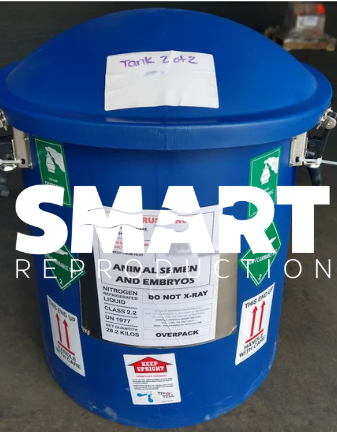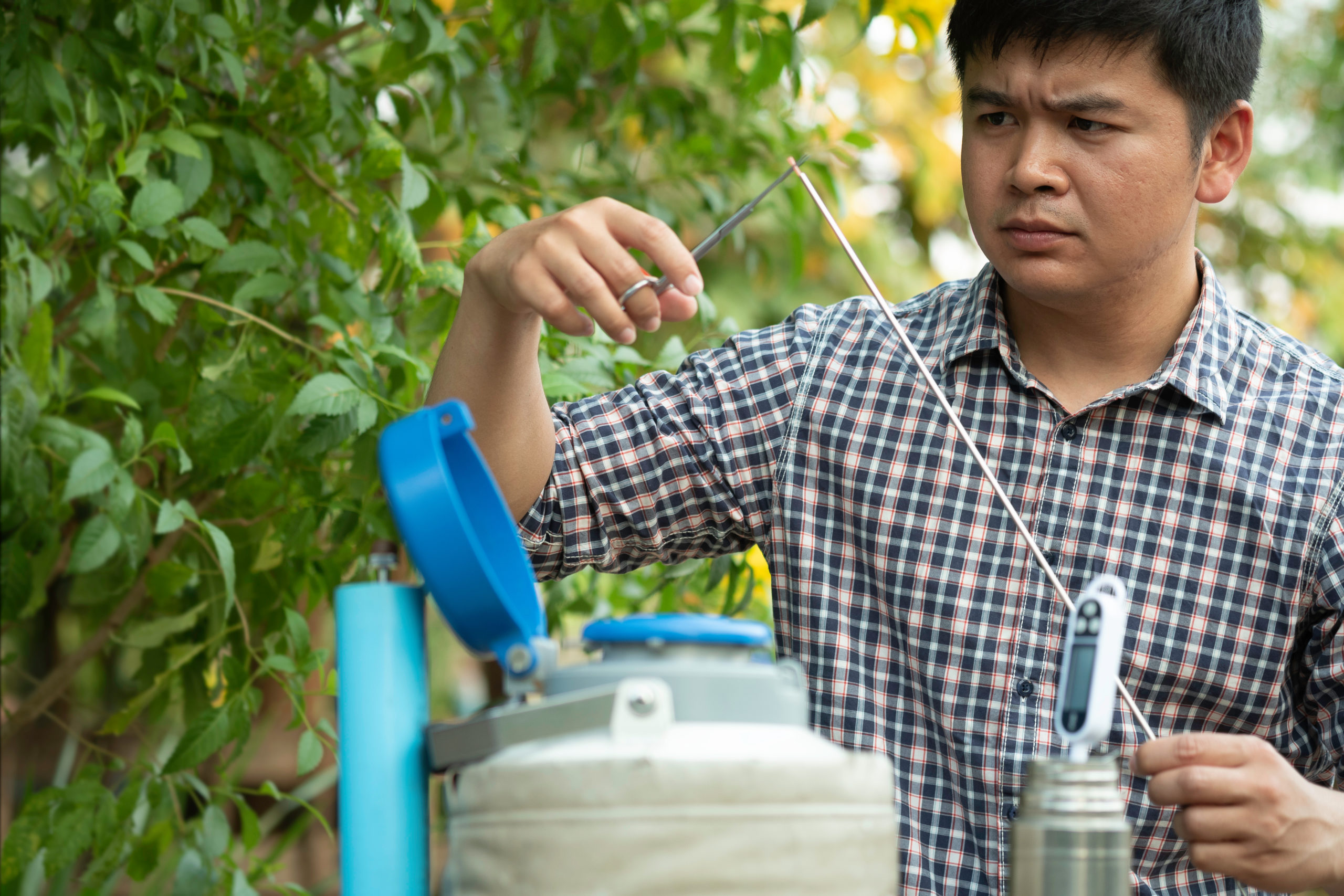Shipping reproductive materials, such as semen and embryos, requires careful consideration of the shipping tanks used to maintain their viability during transportation. Among the commonly referenced methods are dry shippers and storage tanks. In this overview, we will delve into the characteristics of each, emphasizing the importance of choosing the suitable vessel for efficient and safe shipping applicable to international and domestic clients.
This website is a leading supplier of semen tanks with high quality staff and resources for your next purchase.
Dry Shippers Vs Storage Tanks
Dry Shippers
Dry shippers are specialized dewars designed to safely ship specimens at liquid nitrogen temperatures without the risk of spilling liquid nitrogen. These containers are constructed of lightweight aluminum and contain porous material cooled with liquid nitrogen but don’t have free liquid nitrogen when prepared correctly. The key feature is the absorption of LN2 into a hydrophobic material, creating a thick layer surrounding the inner cavity where the semen is stored.
In order to maximize holding time, technicians must ensure that dry shippers are properly charged by filling them with LN2 to the point of saturation of the absorbing material and then safely removing excess LN2. The superior insulation is achieved through a double-wall aluminum shell filled with foil and vacuum-sealed. The static holding time, measured in days, determines the duration the specimen can be stored in LN2 vapor at the required temperature (-190°C) during transportation. Dry shippers have varying static holding times, typically between 8 and 24 days, depending on the evaporation rate, LN2 capacity, and neck opening size.
Storage Tanks
On the other hand, storage tanks are large, metal, vacuum-sealed liquid nitrogen refrigerators with two separate chambers – an inner and an outer chamber. The space between these chambers is filled with foil and special paper, creating a partial vacuum that enhances insulation. These tanks are made of aluminum and have a unique lid to plug the neck tube, providing additional insulation for the liquid nitrogen in the interior.
LN2 storage tanks can maintain semen and embryos at -196 °C as long as any LN2 is present inside. The industry recommendation is to have the tank filled between half and full capacity, with a minimum volume of at least 5 cm (2 inches) of LN2 to prevent damage to the stored specimens.
Regularly monitoring the LN2 level with a calibrated plastic measuring stick is crucial for ensuring optimal conditions for genetic materials.
Remember that storage tanks are delicate, and any strong or excessive swinging motion could cause a rupture of the neck tube, leading to vacuum loss and tank failure. Care is essential to extending your tank’s life and the integrity of the genetics stored inside.

Conclusion
Understanding the distinctions between dry shippers and storage tanks is crucial for efficiently and safely shipping reproductive materials. Whether you opt for a dry shipper’s controlled environment or a storage tank’s long-term storage capabilities, incorporating protective covers is a recommended practice. By choosing the most suitable vessel for your project and adhering to best practices, you can ensure the successful transportation of semen and embryos, whether it’s for domestic or international destinations.

